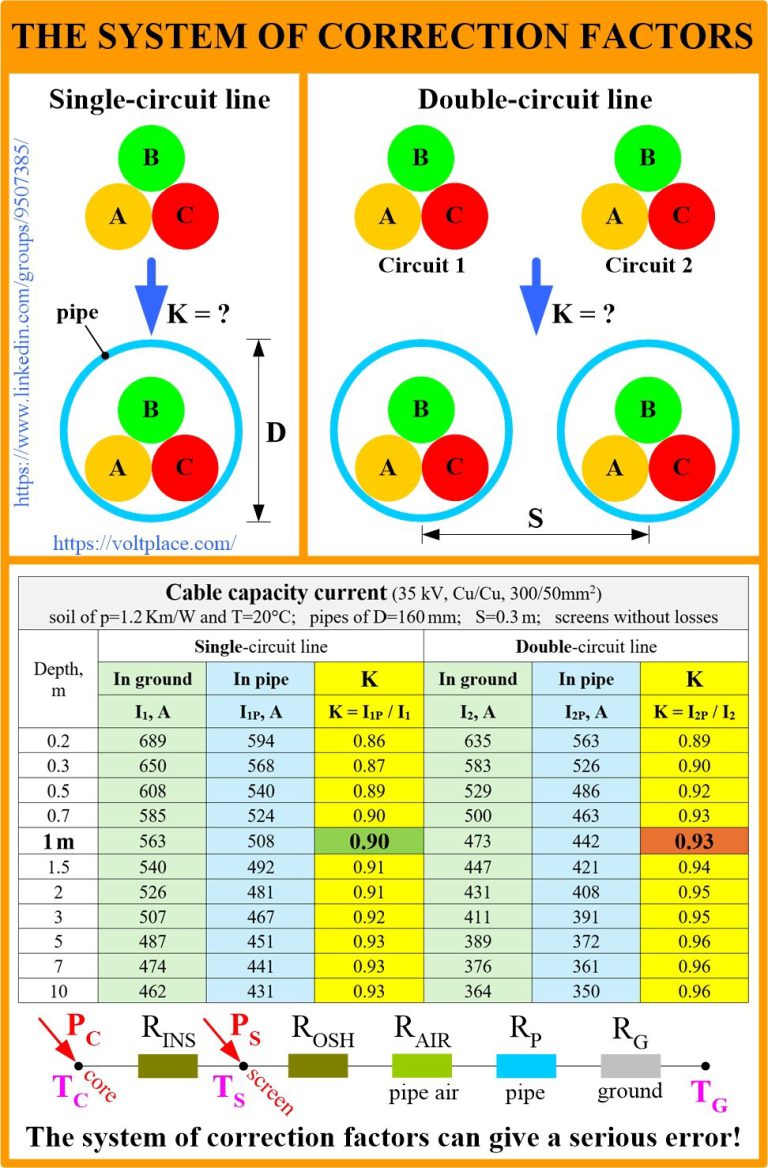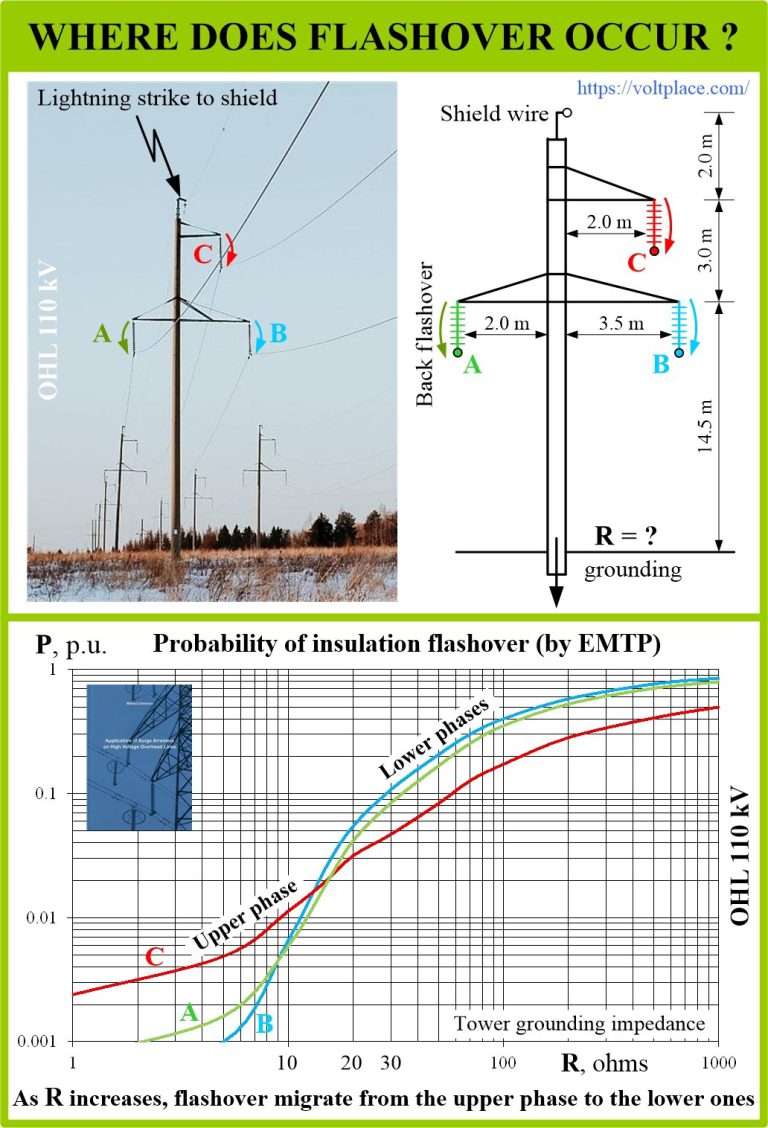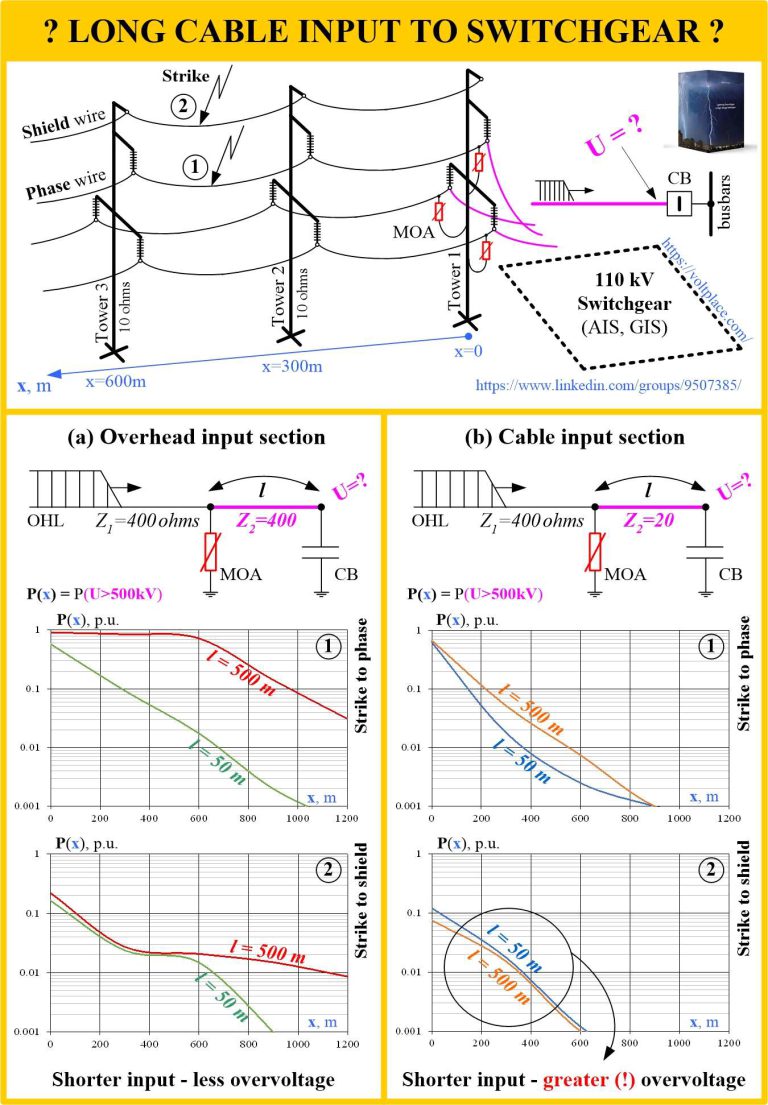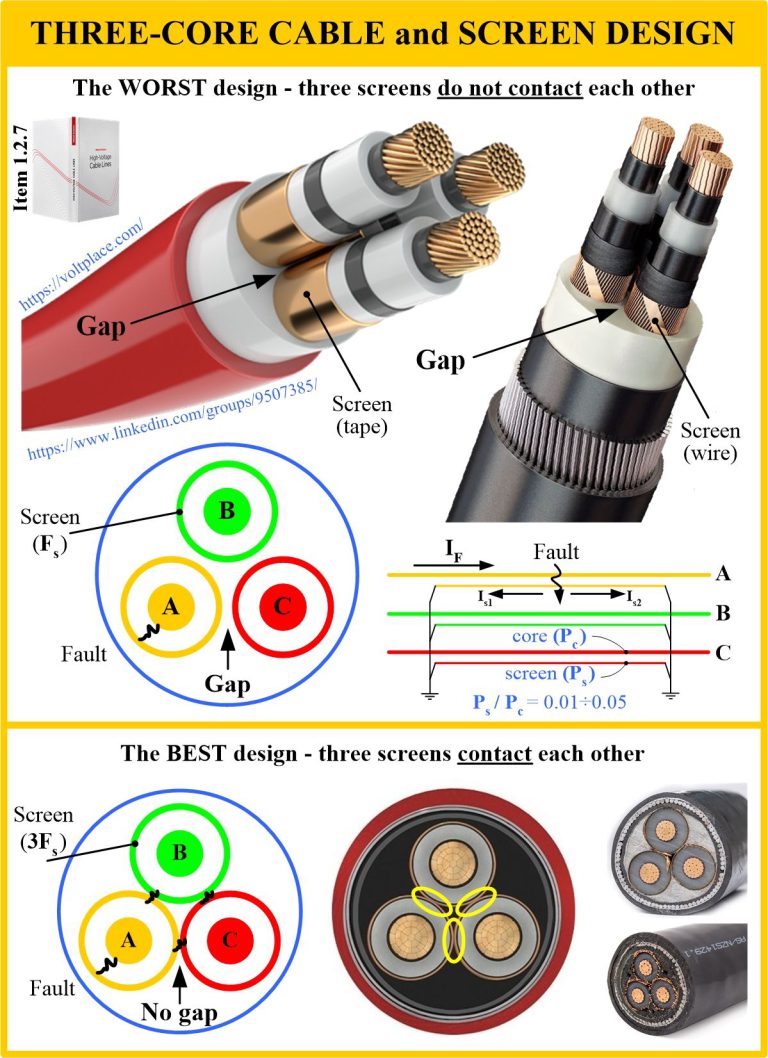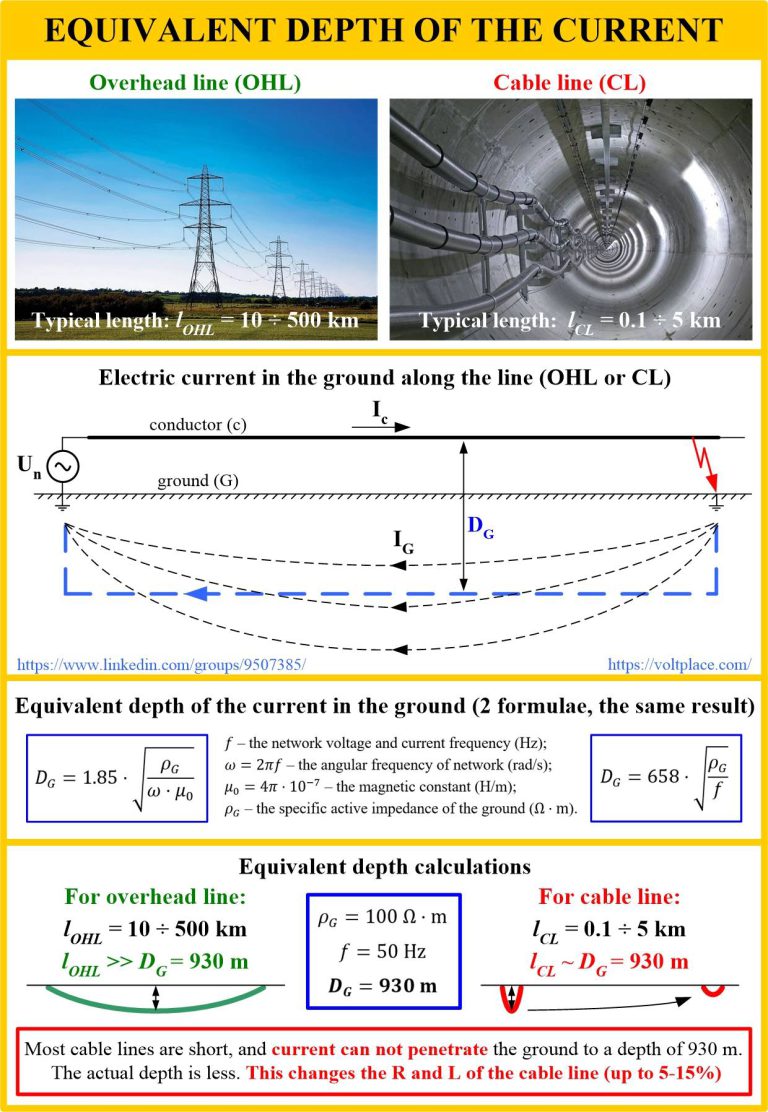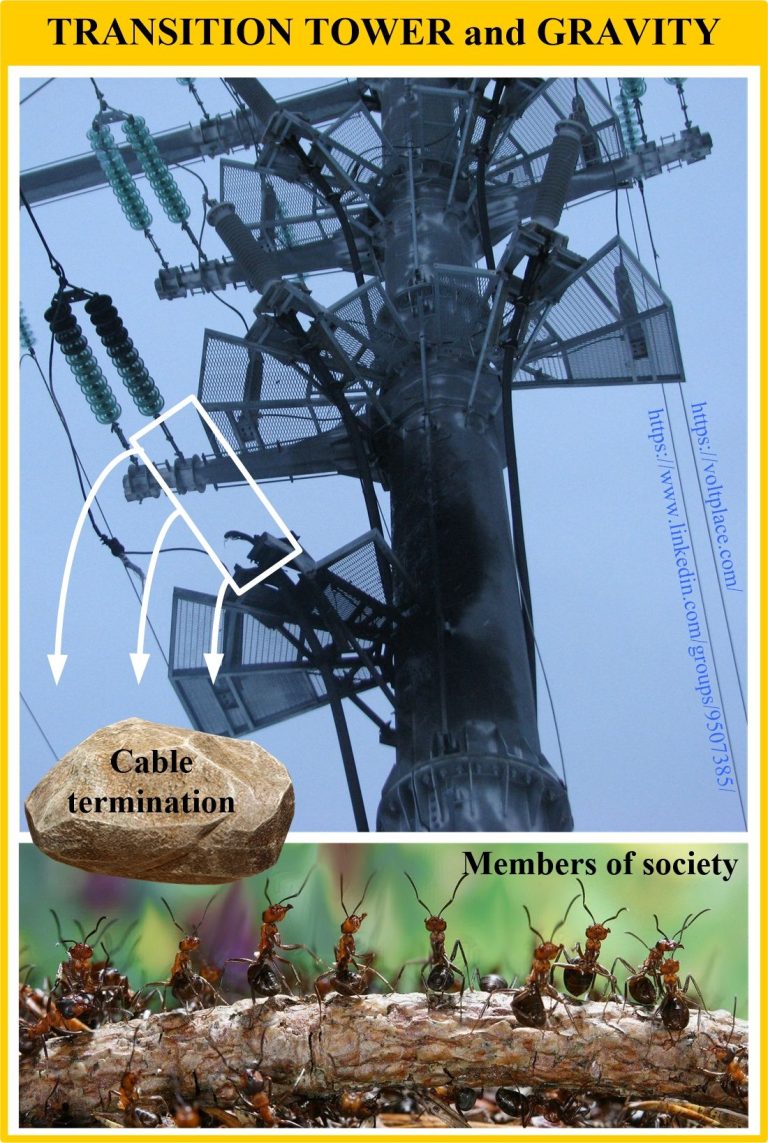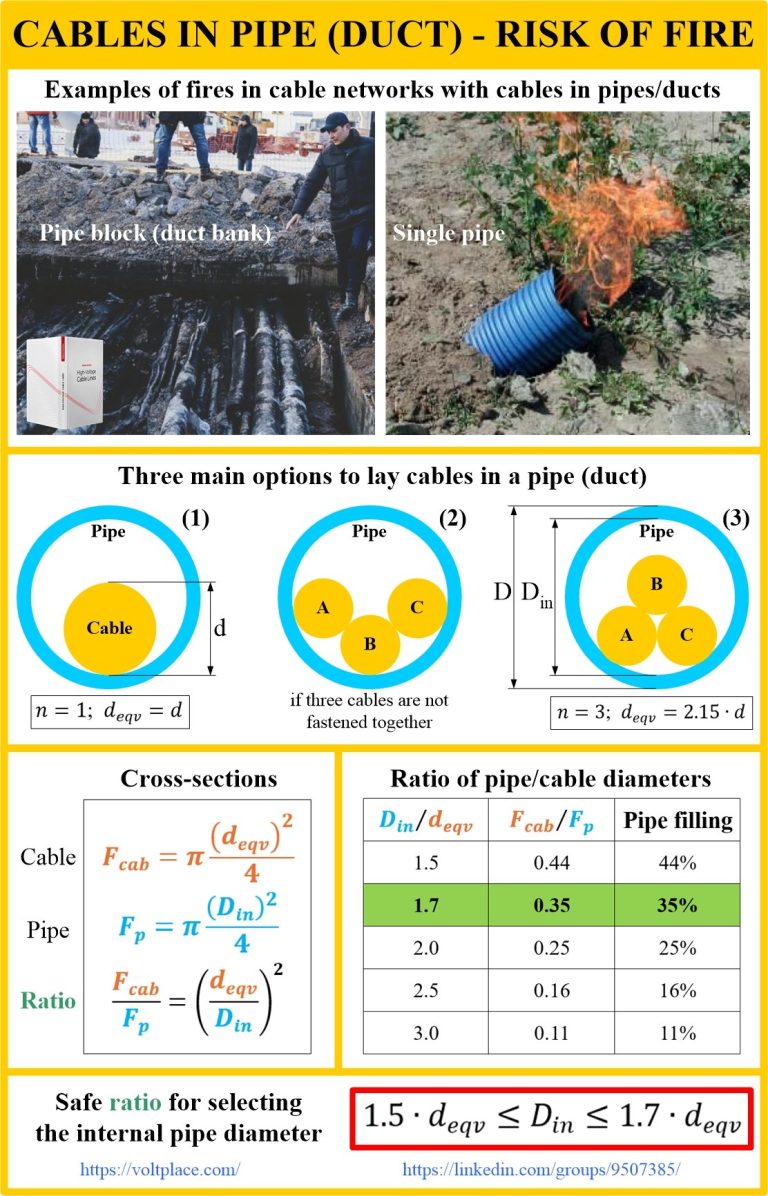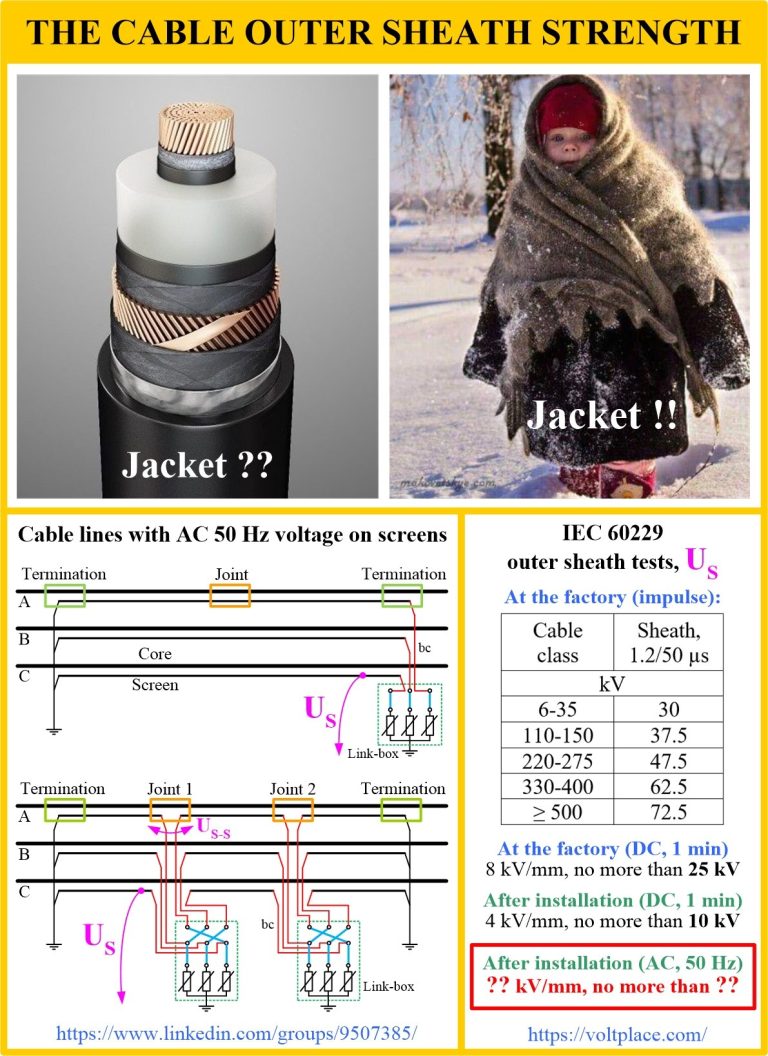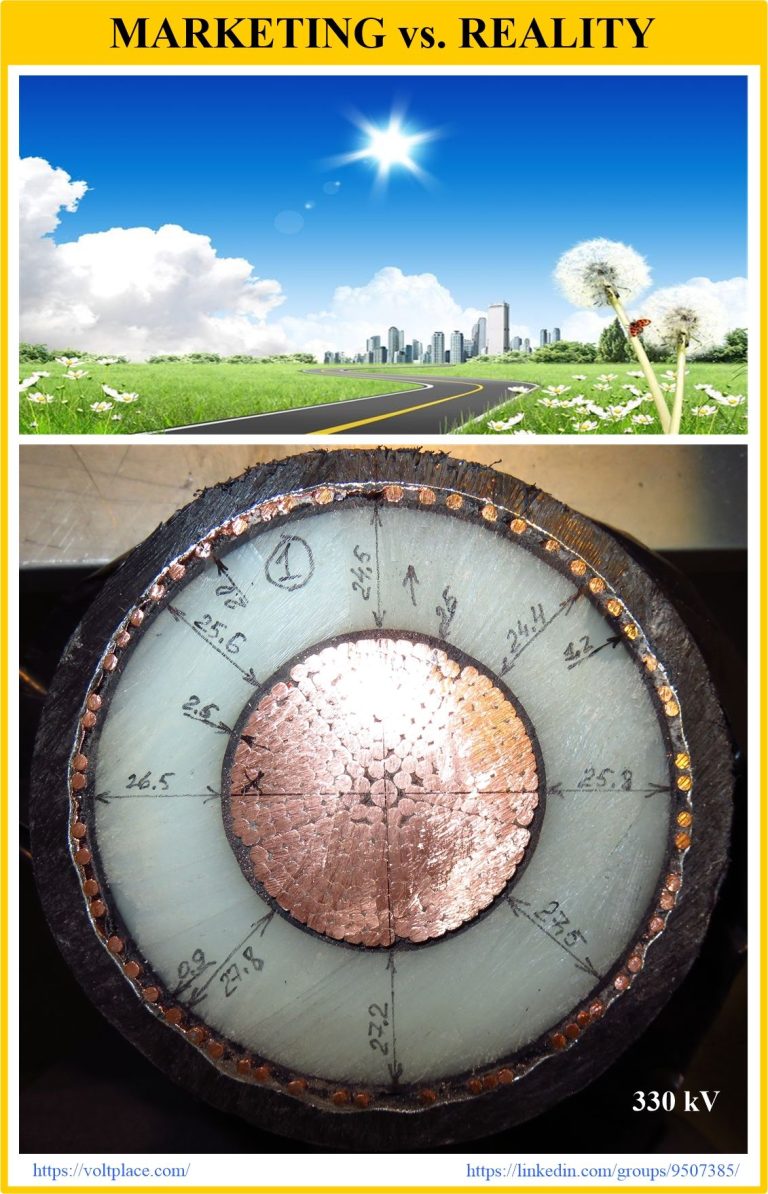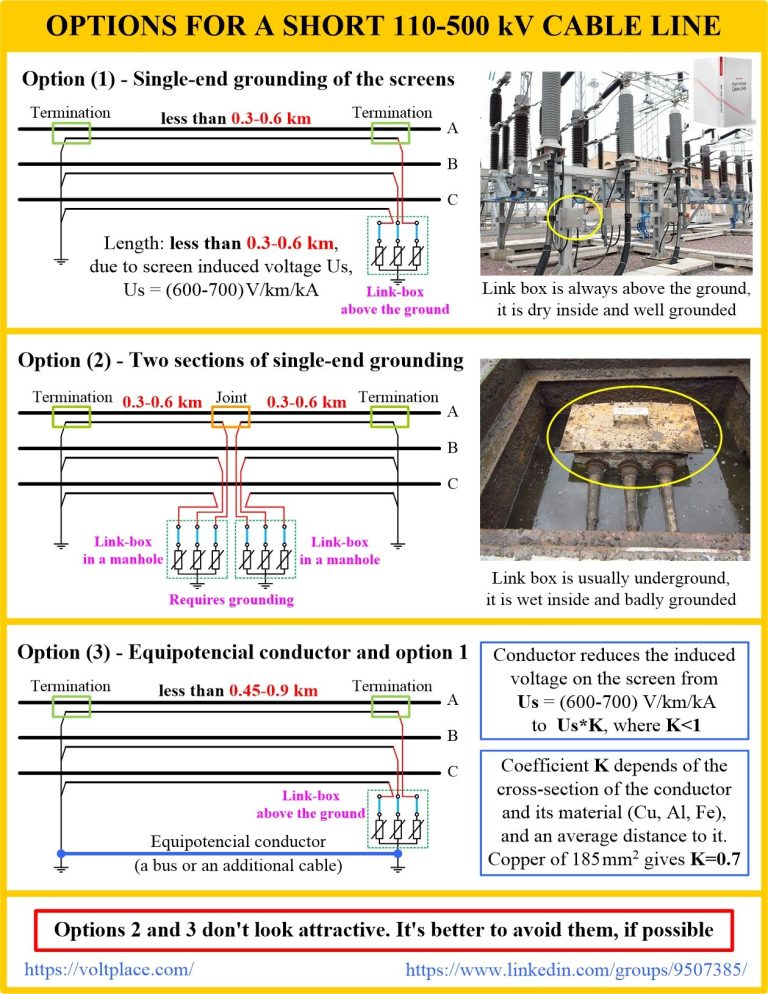The system of correction factors
In cable catalogues, in addition to the main types of cables, there are simplified recommendations on cable selection. They are given as a table with capacity currents for basic laying conditions (Ib), as well as a series of 5-8 additional tables with various correction factors (K). It is important to note that the system of

